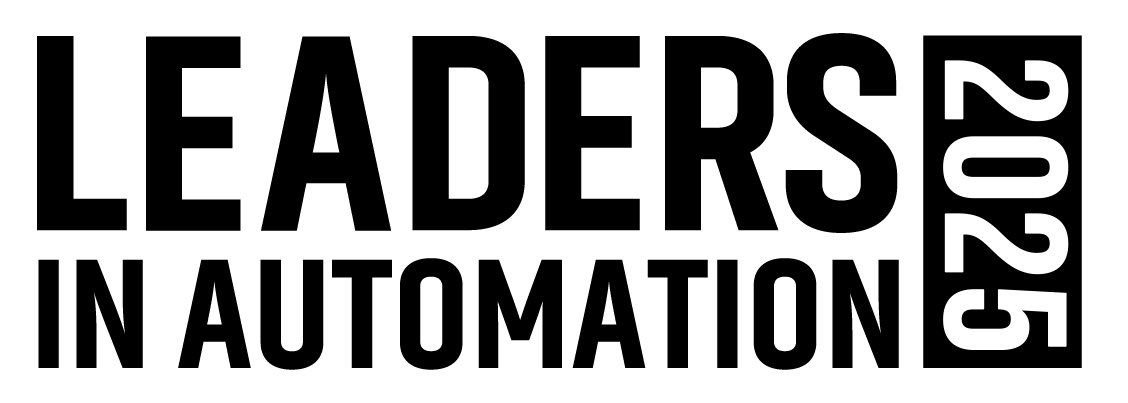5S is a Japanese workplace methodology that is being more widely adopted by packagers, machinery builders and others. In my work in mechatronics with the community college, we were asked by a packaging machinery builder to include 5S in the curriculum, which we gladly did.The steps of the 5S methodology include: 1) Sorting; 2) Straightening; 3) Systematic Cleaning; 4) Standardizing; and 5) Sustaining. Sometimes a sixth S is added: 6) Safety.In the sorting step, everything in the plant or work space, including tools, materials, parts and instructions, is gone through, prioritized, and only essential items are retained. Everything else is removed and stored or discarded. In the Straightening step, the remaining items are all put and maintained in their most convenient place.I have been in 5S plants, and they look incredible. Everything is neat, clean, tidy and organized. They look like ideal work environments. But, is there more to the story?The reports that I have received are that this has been a bonanza for field service organizations. Because the tools needed for maintenance are infrequently needed and often unpredictable, they get eliminated and at best are lost or at worst discarded in the early steps of the 5S method. As a result, plant operatives are limited in the maintenance that they are able to perform. Enter field service organizations.These organizations report that they are called in more frequently to companies that have implemented 5S because the maintenance is no longer able to be done in-house. Not only that, but field service reps are now needing to carry more tools, raising the cost of service calls, because they can no longer rely on access to tools at the customer's site.Operators, who are no longer equipped with as many tools and parts, gain less experience with their machines. As the operator's experience level diminishes, the risk to the machines goes up and the resulting damages become greater and more costly to repair. This seems like a step in the wrong direction.As a company using 5S or as a field service organization supporting companies using 5S, what are you seeing? Are these isolated cases that I've heard about? Is 5S good for one part of the organization and not so good for another part? Have companies misinterpreted or misapplied the methodology? Those who have not yet embarked on 5S would like to learn from the experiences of those of you who have and I would like to know if the reports that I have heard are isolated or more widespread. Let us hear from you!
About the Author
Keith Campbell
Contributing Writer
Sign up for our eNewsletters
Get the latest news and updates

Leaders relevant to this article: